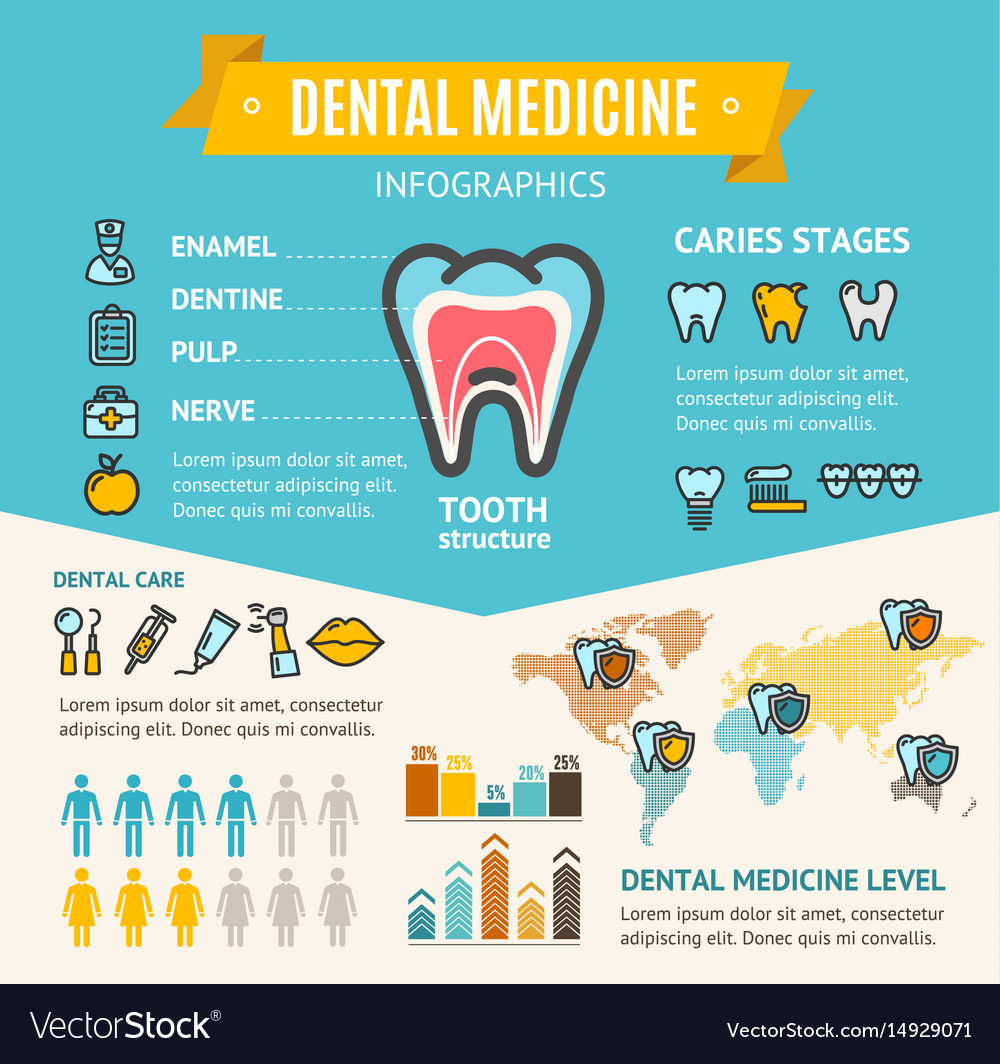The Progression Of Oral Surgery: Cutting-Edge Innovations And Advancements Affecting The Field
The Progression Of Oral Surgery: Cutting-Edge Innovations And Advancements Affecting The Field
Blog Article
Post Created By-Hermansen Dowd
Invite to the world of oral surgery, where developments and developments are forming the future of the area! In this interesting world, you'll witness the transformative power of robotics, the advanced wonder of 3D printing, and the game-changing influence of minimally intrusive strategies.
The future of dental surgery holds a promise of accuracy, effectiveness, and boosted patient results. With the help of advanced robotics, doctors are able to carry out complex treatments with better precision and control.
3D printing modern technology is revolutionizing the development of dental implants and prosthetics, offering personalized remedies that fit seamlessly right into each client's unique anatomy.
Furthermore, minimally intrusive techniques are reducing post-operative discomfort and recovery time, permitting clients to return to their day-to-days live faster.
Prepare check it out to discover the interesting innovations and advancements that are reshaping the landscape of dental surgery!
Innovations in Robotics
One significant improvement in dental surgery is the use of robotic innovation, which enables exact and reliable surgical procedures. With the help of robot systems, dental doctors have the capacity to carry out complex surgical treatments with boosted precision, minimizing the threat of human error.
These robot systems are equipped with sophisticated imaging technology and specific tools that enable cosmetic surgeons to navigate through elaborate physiological structures effortlessly. By using robotic technology, cosmetic surgeons can achieve higher surgical precision, resulting in boosted person end results and faster healing times.
Furthermore, using robotics in oral surgery allows for minimally intrusive treatments, decreasing the trauma to bordering tissues and advertising faster recovery.
3D Printing in Dental Surgery
To enhance the area of dental surgery, you can check out the subtopic of 3D printing in oral surgery. This innovative modern technology has the prospective to transform the means dental doctors operate and deal with people. Below are four vital methods which 3D printing is forming the field:
- ** Custom-made Surgical Guides **: 3D printing enables the development of highly exact and patient-specific surgical overviews, boosting the accuracy and effectiveness of treatments.
- ** sleep apnea treatment in austin **: With 3D printing, dental doctors can produce personalized implant prosthetics that flawlessly fit an individual's one-of-a-kind anatomy, leading to much better end results and person fulfillment.
- ** Bone Grafting **: 3D printing allows the production of patient-specific bone grafts, decreasing the demand for conventional implanting techniques and boosting recovery and healing time.
- ** click here for more info and Training **: 3D printing can be made use of to create realistic surgical models for instructional functions, enabling dental specialists to practice complicated procedures prior to executing them on people.
With its possible to enhance accuracy, personalization, and training, 3D printing is an amazing advancement in the field of dental surgery.
Minimally Intrusive Strategies
To even more advance the field of oral surgery, welcome the possibility of minimally invasive methods that can greatly profit both specialists and clients alike.
Minimally intrusive techniques are revolutionizing the field by reducing surgical injury, minimizing post-operative discomfort, and speeding up the recovery process. These strategies involve making use of smaller lacerations and specialized tools to perform procedures with accuracy and efficiency.
By utilizing sophisticated imaging innovation, such as cone light beam computed tomography (CBCT), doctors can accurately intend and implement surgical procedures with very little invasiveness.
In addition, using lasers in oral surgery enables exact cells cutting and coagulation, causing decreased blood loss and minimized recovery time.
With minimally invasive techniques, clients can experience faster healing, decreased scarring, and boosted results, making it an essential aspect of the future of oral surgery.
Verdict
So, as you can see, the future of dental surgery is unbelievably encouraging, with exciting advancements and advances forming the area.
From the advancements in robotics to the use of 3D printing and minimally intrusive strategies, oral doctors are changing the method they supply care.
While some may stress over the potential expense related to these developments, it's important to bear in mind that these innovations ultimately enhance patient results and lower recuperation time, making them well worth the investment in the future.
